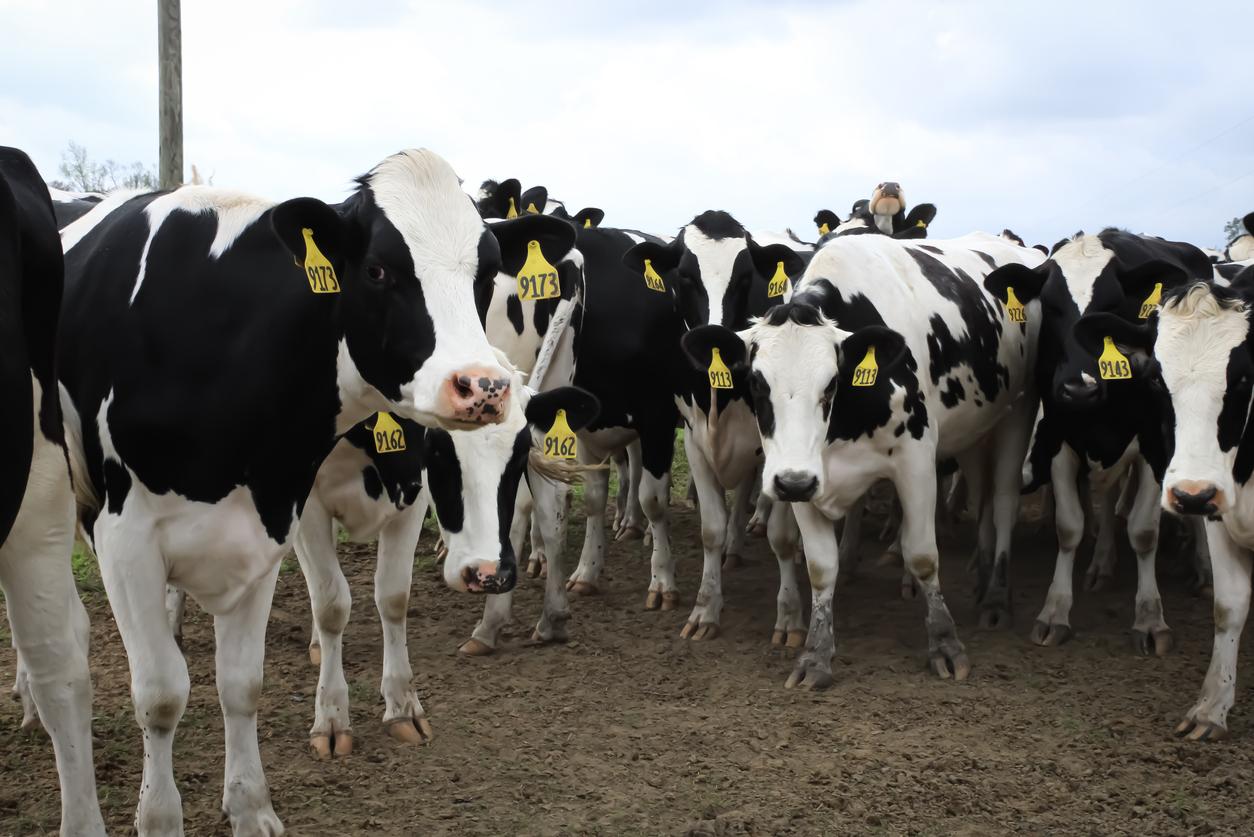The US Department of Agriculture (USDA) Animal and Plant Health Inspection Service (APHIS) today reported the first H5N1 avian flu virus detection in Colorado's dairy cows, raising the number of affected states to nine.
Also today, the World Health Organization (WHO), the World Organization for Animal Health (WOAH), and the UN Food and Agriculture Organization (FAO) weighed in on recent H5N1 developments in the United States and abroad. They said evolving developments with the virus, including a novel reassortant detected in three Asian countries and a spillover from wild birds to dairy cows in the United States, requires real-time monitoring.
34 US herds now affected
The H5N1 detection in Colorado raises the number of herds known to be affected to 34. So far, there are no details on where the Colorado herd is located and how it may have been exposed to the virus.
Recent detections of H5N1 remnants in retail milk suggest that the virus in dairy cows may be more widespread than suggested by current animal testing.
Global concerns about virus evolution
The three global agencies raised concerns about genetic diversification of the H5N1 2.3.4.4b clade spreading in multiple world regions, as well as its ability to infect a broader range of species, with some species experiencing significant death rates, such as in sea mammals in South America.
As the virus infects more species, including a goat and dairy cows in the United States, the virus has more opportunities to generate new genotypes, which could cause different clinical pictures.
For example, the global experts said a novel H5N1 reassortant seen in poultry in Cambodia, Laos, and Vietnam over the past 2 years has now been detected in humans, one from Cambodia and the other from Vietnam. The virus contains surface proteins from an older H5N1 clade (2.3.2.1c) and internal genes from the more recent 2.3.4.4b H5N1 clade.
The WHO, WOAH, and FAO said the overall risk to humans remains low, and for people who have exposure to infected animals or their environments, the risk is low to moderate.
More Michigan poultry affected; new USDA updates
In other H5N1 developments:
- Michigan reported another H5N1 outbreak in commercial poultry, this time at a turkey facility on Ottawa County that houses 104,000 birds, according to an update from the US Department of Agriculture (USDA) Animal and Plant Health Inspection Service (APHIS). Ottawa County is among the Michigan countries in which H5N1 was detected in a dairy herd.
- USDA APHIS today announced a rule that would require electronic identification for certain cattle and bison moving between states. The agency said the move is designed to limit the impacts of animal disease outbreaks to certain regions and readily provide disease-free status in nonaffected regions. The rule, which requires visually and electronically readable ear tags, applies to all sexually intact cattle and bison 18 months of age or older, all dairy cattle, cattle and bison of any age used for rodeo or recreation events, and cattle or bison of any age used for shows or exhibitions.
- Though H5N1 hasn't been detected in US beef cattle, Colombia announced restrictions on the import of US beef and beef products, the first country to do so, Reuters reported yesterday.
- USDA APHIS posted new resources related to the H5N1 response, including a testing guide for labs conducting surveillance for influenza A in livestock and a document detailing requirements for H5N1 in livestock targeted to state animal health officials, veterinarians, and producers.




















